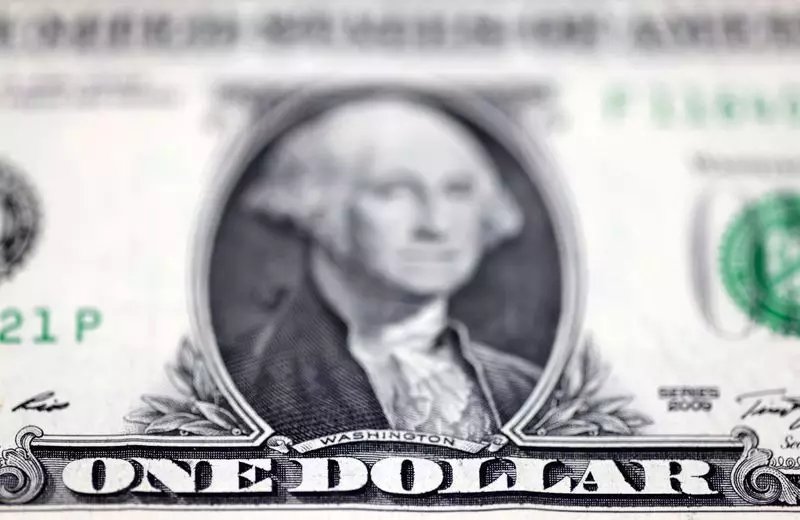The Asian financial markets entered a phase of cautious stability last Friday as most currencies remained within narrow trading ranges. This restraint can largely be attributed to the dollar’s sustained strength, which has risen to heights not seen in over two months. The steady ascent of the dollar is primarily linked to robust economic indicators that have led to expectations of minimized interest rate cuts. As these dynamics unfolded, regional currencies showed limited responsiveness to emerging data insights, particularly from China, where economic growth aligned with forecasts.
Recent reports highlighted that China’s economy achieved a year-on-year growth of 4.6% in the third quarter, consistent with projections but indicative of a decelerating pace compared to previous quarters. While quarter-on-quarter figures fell short of expectations, the entire growth trajectory remains beneath the government’s 5% target for the year, fueling concerns over the necessity for further stimulus. Following the GDP announcement, the Chinese yuan exhibited a slight uptick, although the broader focus remained on upcoming monetary policies from Beijing aimed at invigorating economic momentum.
The Chinese government’s recent history of unveiling extensive stimulus packages, encompassing both monetary and fiscal measures, has stirred cautious optimism. However, uncertainties around the effective timing and precise scale of these initiatives have kept investor enthusiasm muted. The support measures announced seem promising but have yet to clear concerns regarding their implementation.
In Japan, the currency scene was marked by the Japanese yen’s brief descent to levels reminiscent of late-July. A momentary dip sparked a verbal intervention from Japanese policymakers, illustrating the government’s readiness to stabilize the currency amidst volatility. Following the intervention, the yen showed signs of recovery, with the USDJPY pair experiencing a modest decline of 0.2%. During the session, the pair oscillated from highs of 150.29 yen before ending at 149.88.
The yen’s challenges are compounded by inflationary pressures: September’s consumer price index indicated inflation levels that were higher than anticipated, though slightly down from a ten-month peak. Complicating matters further, doubts about the Bank of Japan’s capacity to implement further interest rate hikes have cast a shadow over the yen’s long-term outlook. Newly appointed Prime Minister Shigeru Ishiba expressed hesitations about increasing rates given the current economic climate, which has left investors grappling with uncertainty.
Other Asian currencies exhibited limited movement against the dollar as investors were drawn into a holding pattern. The Australian dollar managed a 0.1% increase, signaling some recovery following previous downturns. Meanwhile, the South Korean won also saw a slight ascent of 0.2%. Stability was mirrored in the Singapore dollar, which remained largely unchanged against its American counterpart.
In India, the rupee hovered in proximity to record lows observed earlier in October, conveying a sense of vulnerability amidst broader regional dynamics. These shallow increases across various currencies reflect the overarching global sentiment influenced by the impending Federal Reserve decisions, particularly the widely anticipated 25 basis point cut expected in November.
As financial markets in Asia navigate through these turbulent waters, the interplay between strong U.S. economic performance and regional responsiveness suggests an ongoing balancing act. Investors remain on edge, closely monitoring both domestic and international signals that could sway currency movements. The forthcoming guidance from central banks, particularly regarding interest rates and stimulus measures, will undoubtedly play a crucial role in shaping the trajectory of these currencies in the near term. Thus, while current stability may appear reassuring, underlying tensions could lead to heightened volatility in the weeks to come.

